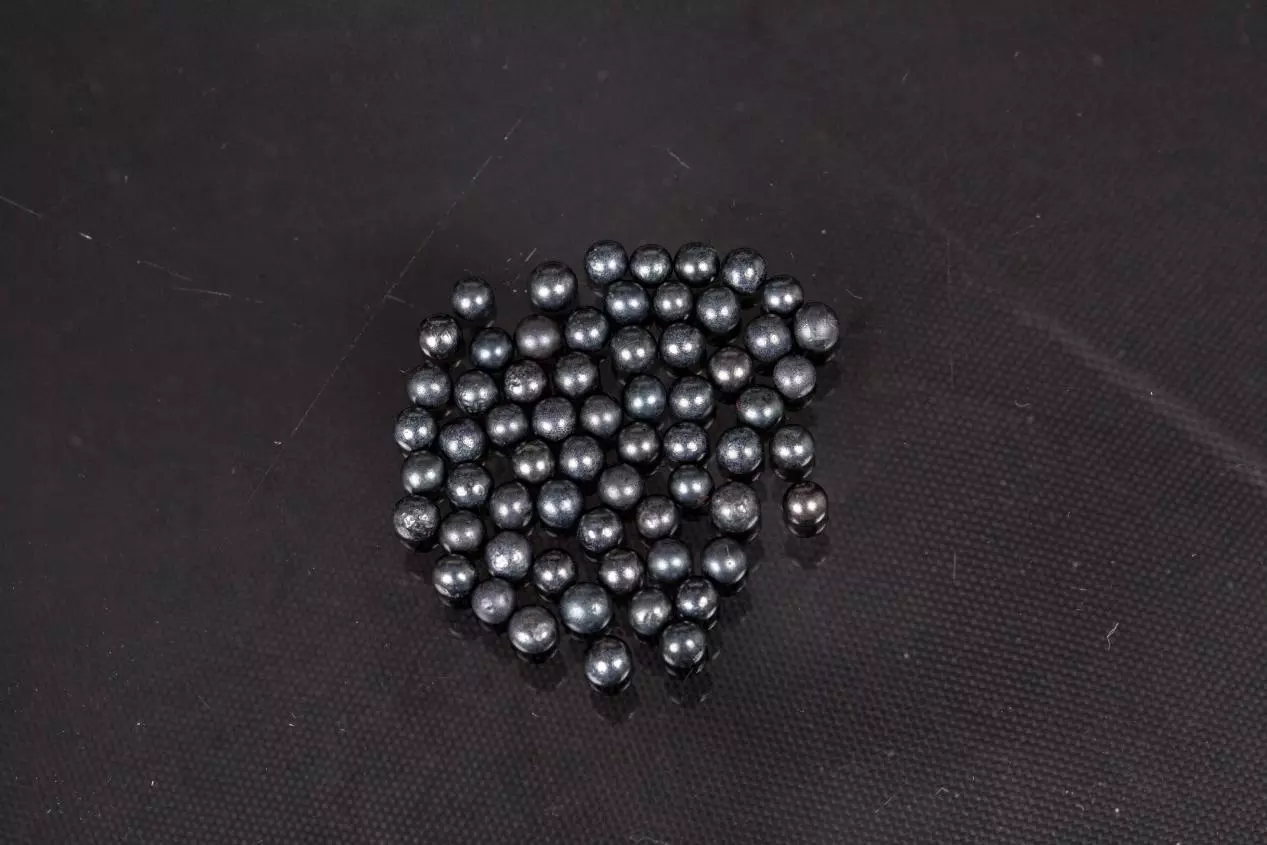How does the shot blasting machine handle steel abrasives with oil?
Oil-coated steel abrasives must be air-dried when they are treated with a shot blasting machine, otherwise the treatment effect will be directly affected.
Workpiece coating, pre-bonding treatment
Shot blasting can remove all dirt like scales on the surface of the workpiece, and establish a very important basic pattern on the surface of the workpiece (the so-called rough surface). By changing the abrasives with different sizes, different degrees of roughness are achieved, and the bonding force among the workpiece, the coating, and the plating material are greatly improved, or make the bonding part stronger and of better quality.
Rough surface cleaning and cleaning workpiece after heat treatment
The shot blasting can clean all the dirt on the surface of the workpiece after casting and forging, such as oxide scale and oil stain, and polish the surface of the workpiece to improve its smoothness. The workpiece is exposed to a uniform metallic color, which makes the appearance of the workpiece more beautiful and achieves the effect of beautifying the decoration.
Cleaning burr of the machining parts and surface beautification
Shot blasting can clean the surface of the workpiece with small burrs, and make the surface of the workpiece flatter, eliminating the damage of burrs and improving the grade of the workpiece. And the shot blasting can make a small rounded corner at the intersection of the workpiece surface, making the workpiece look more beautiful and more precise.
Improve the mechanical properties of the parts.
After the sandblasting, the mechanical parts can produce uniform and fine concave and convex surfaces (base pattern) on the parts, so that the lubricating oil can be stored, and the lubrication conditions can be improved and the noise can be reduced, which improves the service life of the machine.
Polishing
For workpieces that use for some special purpose, sand blasting can achieve different reflection or matt, such as stainless steel workpieces, matt surface of wooden furniture, decorative pattern on frosted glass surfaces, and texturing on the surface of fabrics.

Workpiece coating, pre-bonding treatment
Shot blasting can remove all dirt like scales on the surface of the workpiece, and establish a very important basic pattern on the surface of the workpiece (the so-called rough surface). By changing the abrasives with different sizes, different degrees of roughness are achieved, and the bonding force among the workpiece, the coating, and the plating material are greatly improved, or make the bonding part stronger and of better quality.
Rough surface cleaning and cleaning workpiece after heat treatment
The shot blasting can clean all the dirt on the surface of the workpiece after casting and forging, such as oxide scale and oil stain, and polish the surface of the workpiece to improve its smoothness. The workpiece is exposed to a uniform metallic color, which makes the appearance of the workpiece more beautiful and achieves the effect of beautifying the decoration.
Cleaning burr of the machining parts and surface beautification
Shot blasting can clean the surface of the workpiece with small burrs, and make the surface of the workpiece flatter, eliminating the damage of burrs and improving the grade of the workpiece. And the shot blasting can make a small rounded corner at the intersection of the workpiece surface, making the workpiece look more beautiful and more precise.
Improve the mechanical properties of the parts.
After the sandblasting, the mechanical parts can produce uniform and fine concave and convex surfaces (base pattern) on the parts, so that the lubricating oil can be stored, and the lubrication conditions can be improved and the noise can be reduced, which improves the service life of the machine.
Polishing
For workpieces that use for some special purpose, sand blasting can achieve different reflection or matt, such as stainless steel workpieces, matt surface of wooden furniture, decorative pattern on frosted glass surfaces, and texturing on the surface of fabrics.


